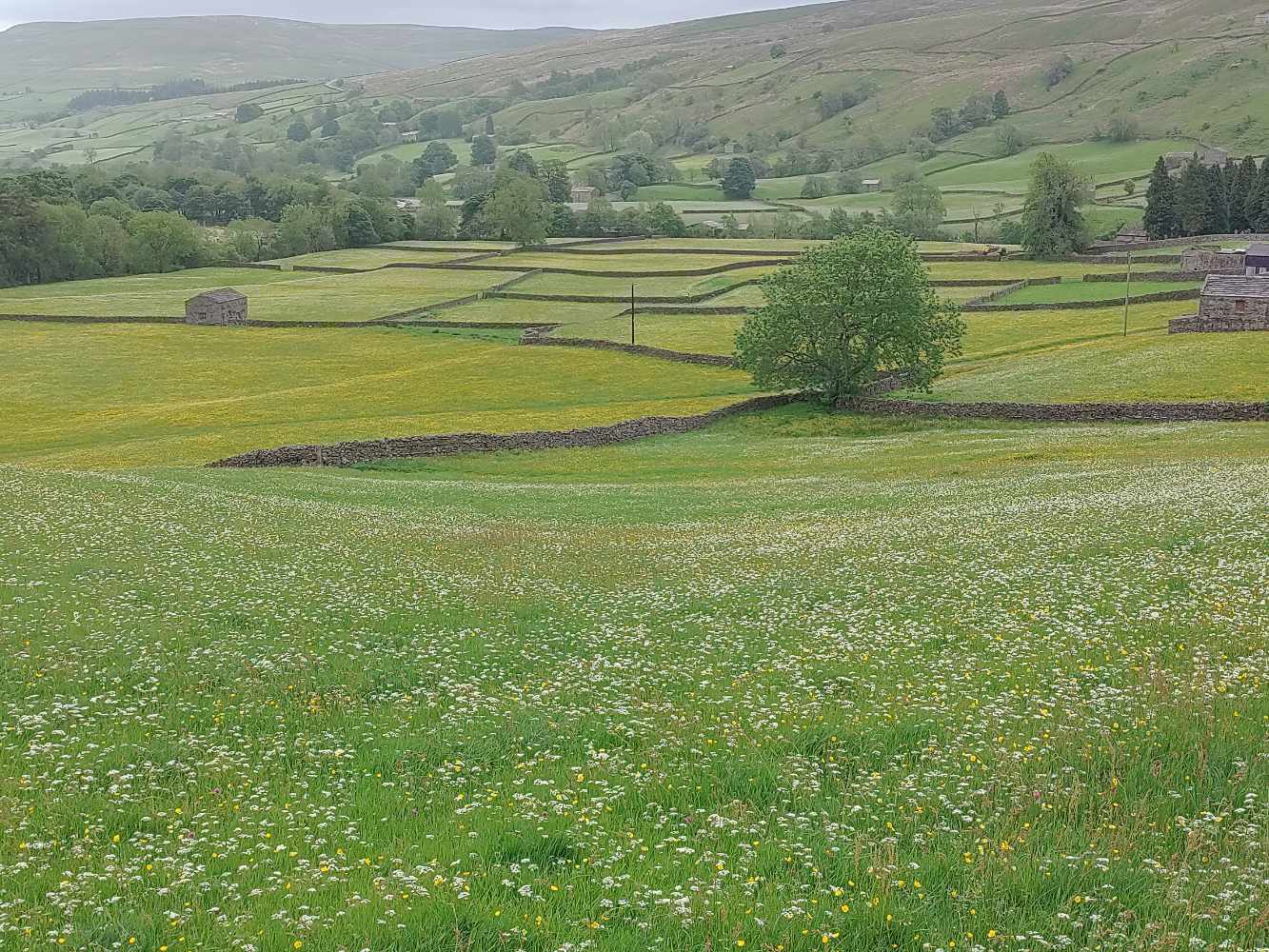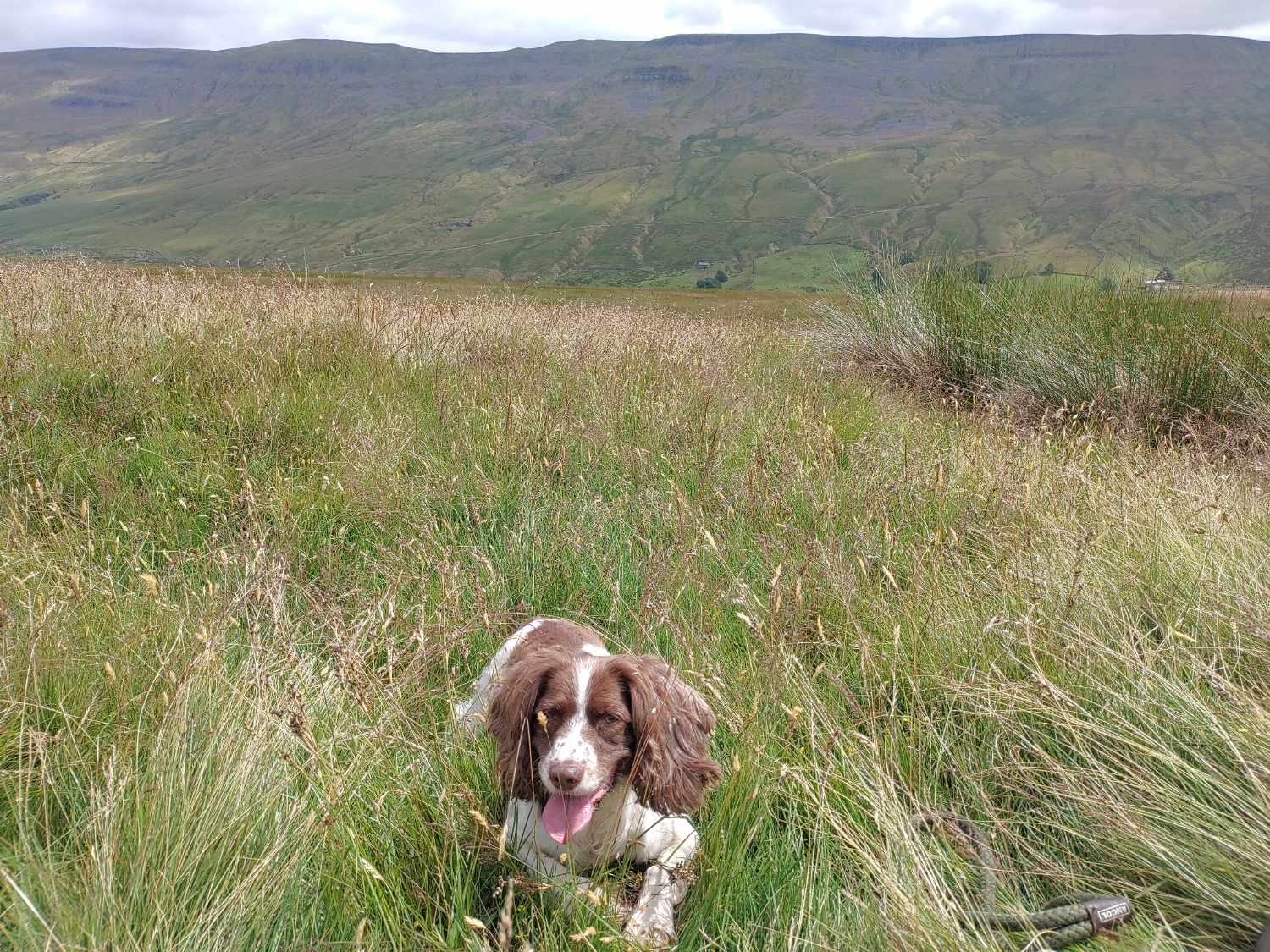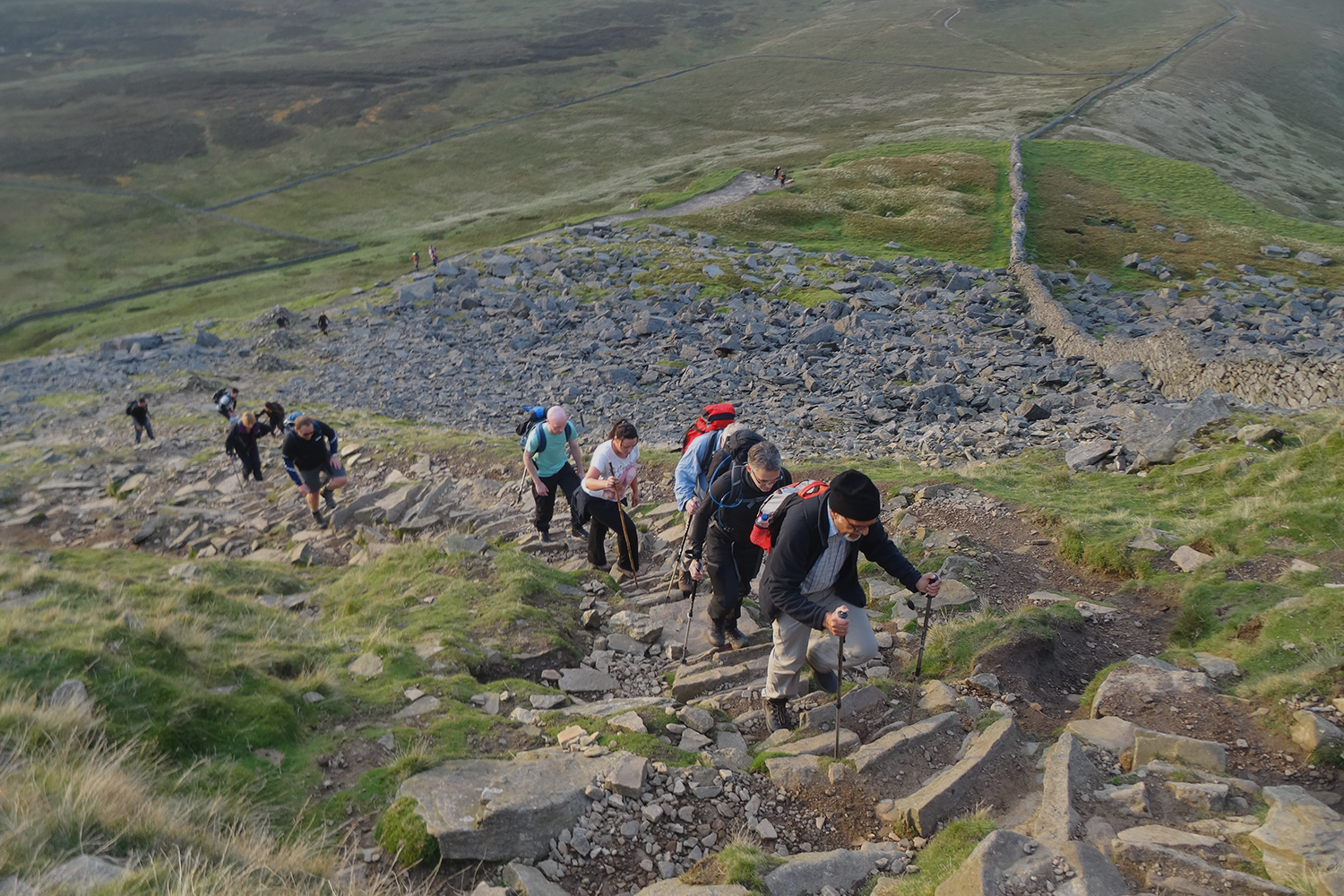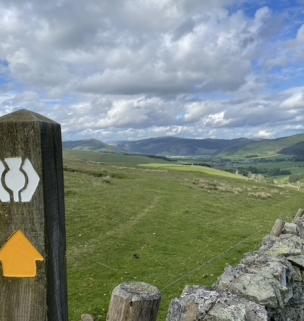Hill Walking Tips for Beginners
We all have to start somewhere. I have put together my top hill walking tips for beginners to help navigate the ups and downs (pun intended) of walking in the hills.
Living on the edge of the Lake District, there are a plethora of options to walk in the hills with my dog Sky. But I know my limitations. I’m also aware of the elements of change that can happen very quickly. In compiling these tips, I aim to encourage you to get out and explore the countryside as we know the benefits of fresh air, exercise and relaxation away from the stresses and strains of everyday life, in as safe and educated way as possible.
So how do I plan?
Research the Route
Where do I want to walk? I have a number of favourite areas that I like to go to explore. When it’s a new area, I pick popular routes so that I’m sure someone will be around if I need any help.
Get a Map
I buy a detailed map of the area showing the footpaths, bridleways and trails so that I can plan a route to use. Learning how to read a map and use a compass is always a good skill. Then I spend quite a while studying the map and looking at all of the options. I’m thinking, are there shorter options if the weather deteriorates? Which it can do very quickly or if I get tired, but it’s not going to put me off getting out there! Once I’ve decided on the route, I keep looking back at it, just remembering how it looks, any points of reference I need to be looking out for, just to be as familiar as I can be with it.

Watch the Weather
I keep an eye on the weather. I have a forecast on my phone which I check on regularly. If I’m going to go high into the mountains, there are specific area forecasts on the internet that give up to 24-hour forecasts which I check, as these also give wind speeds and temperature gauges including windchill, which are always different from the lower fells and need to be taken into consideration. Check out Mountain Weather Information Service (MWIS).
If the weather forecast is looking poor in the mountains, I look for a lower route – an advantage with really studying the map! Just as an aside, when I’m doing the walk, I’m looking for additional footpaths that I will check out on the map when I get home – maybe the next walk!! It is a good idea, especially if you are walking on your own and going high into the mountains, to let someone know where you are going before you set off and also leave a note visible in your car of your planned route.
Preparation Packing for Hill Walking
The first thing I usually remind myself is that I need to carry the bag for the day so I only take what I really need although I always have a hat and gloves, antiseptic wipes and plasters in my backpack! As I have a dog, I always take her water bottle as there are not always water sources for her to drink. For a full check list have a look here: 8 Backpack Essentials for a Mountain Hike

What to Wear for a Day in the Hills?
Layers are a must. I would recommend doing some research into the best options for you. I usually wear a t-shirt with a fleece over the top and then a waterproof and windproof jacket with light breathable trousers which I can add the waterproof over trousers from my backpack to if needed. This works for me. I take an additional woollen jumper/fleece with me in my backpack, as this not only keeps me warm, but the wool helps keep me dry too if it’s raining. Cotton and denim materials are not recommended as they hold water and can make you cold.
Walking Boots or Shoes?
Again, this is down to personal preference and worth spending time researching what is comfortable for you – walking shoes versus walking boots, with full ankle support or not, just don’t forget about the socks. I’ve had some great walking boots but still had blisters due to the wrong socks. I try to find socks without the ridges, and I use a mix of cotton and polyester base socks with wool walking socks. Again, it must be what works for you. From experience, shoelaces must be done up correctly, sloppy feet cause blisters!

Prepare with Shorter Walks
As part of the preparation for the hill walk, I spend time walking my dog through fields and hilly terrain daily. Maybe this is a good opportunity to ‘walk in’ your new walking footwear too. You shouldn’t hit the hills with new, unworn boots. It is good to build up slowly, sometimes it’s a mile or two of relatively low-level walking, sometimes it’s five miles of hilly terrain as well as flat walking but I monitor the distance and the variant in heights covered – and it does get easier! It might also be worth taking a day pack with you sometimes on your preparation walks to get used to the weight on your back. Professionals suggest a good heart rate monitor to check that you are not overexerting yourself. You can research this to ensure it’s appropriate for you.

Sore Knees Walking uphill
When walking uphill, I take my time, get into a rhythm. I watch where I put my feet, take smaller steps. Regulate my breathing and am not afraid to ‘stop and enjoy the scenery’ when I need to take a breather. When walking downhill, walking poles are a must for me. Not only do they help stabilise my steps, but they also take pressure off my knees and so reduce the potential knee pain I’m prone to. The science says that it spreads the weight from your legs to your upper body and core – all I know is that it helps! Some people will use knee braces to help manage the potential knee pain. This is personal preference, but I would seek medical advice so that you are aware of any underlying issues. Then they can be managed appropriately. It may also be worth researching exercises that can be done to strengthen the surrounding muscles. Again, seek medical advice to make sure you are doing the right thing.

Social Hill Walking
Finally, find a friend to go with and enjoy! I’ve walked with work colleagues, school friends, church friends, family, even neighbours who have a love of hill walking. There are also many walking groups that offer walks for different levels of ability. The Ramblers are probably the most famous one, but check out facebook, your local library or tourist information centre for walking groups in your area.
Here at Maximum Adventure, our aim is to give you the most enjoyable walking experience. We offer walks varying in length and challenge. We provide a guidebook with maps and hints, a kit list and fitness plan to help you achieve your personal goals.











